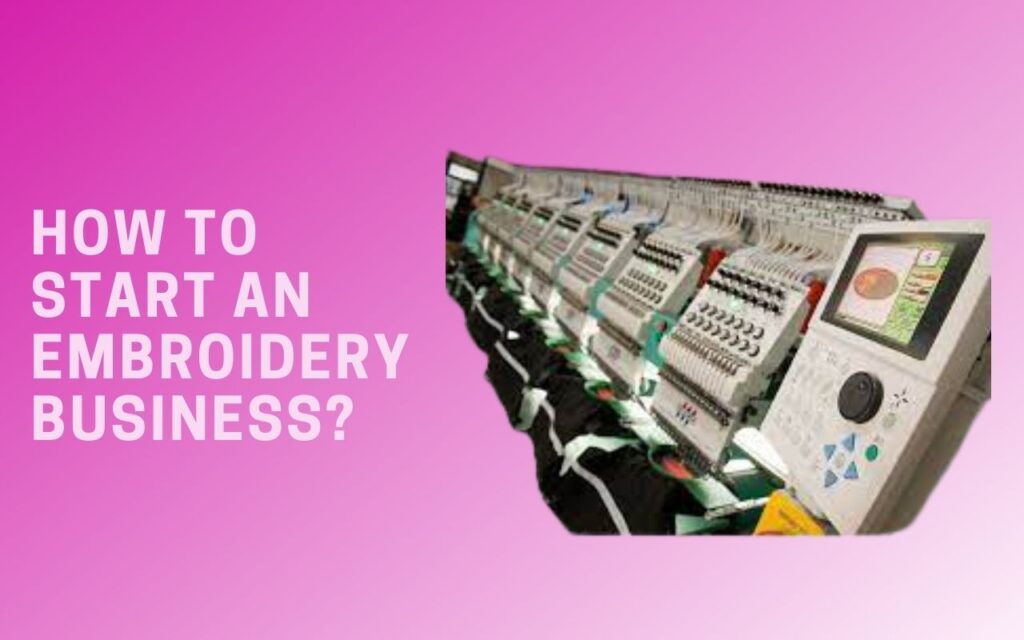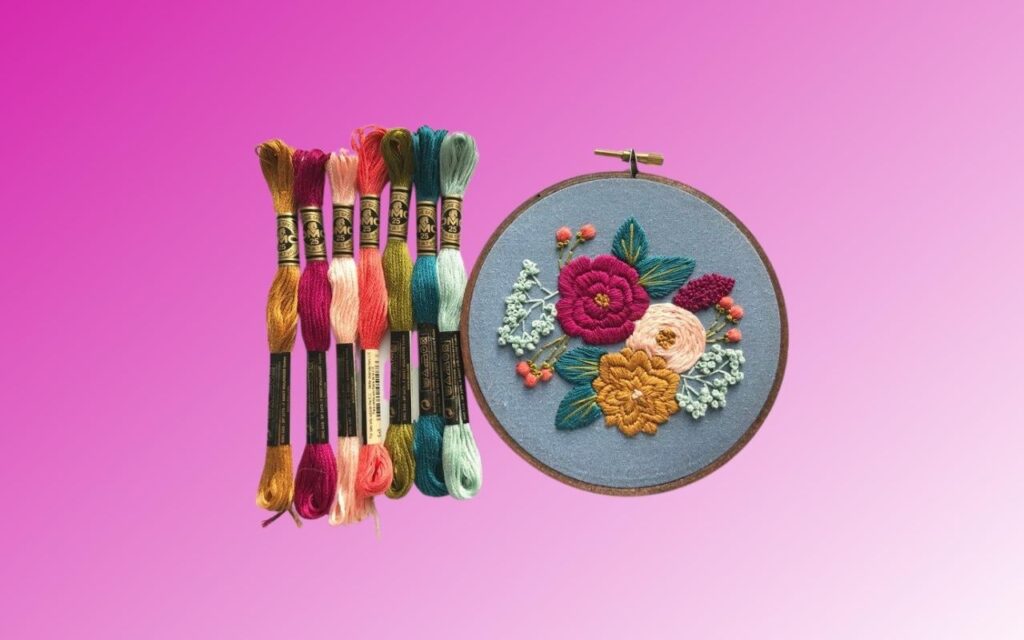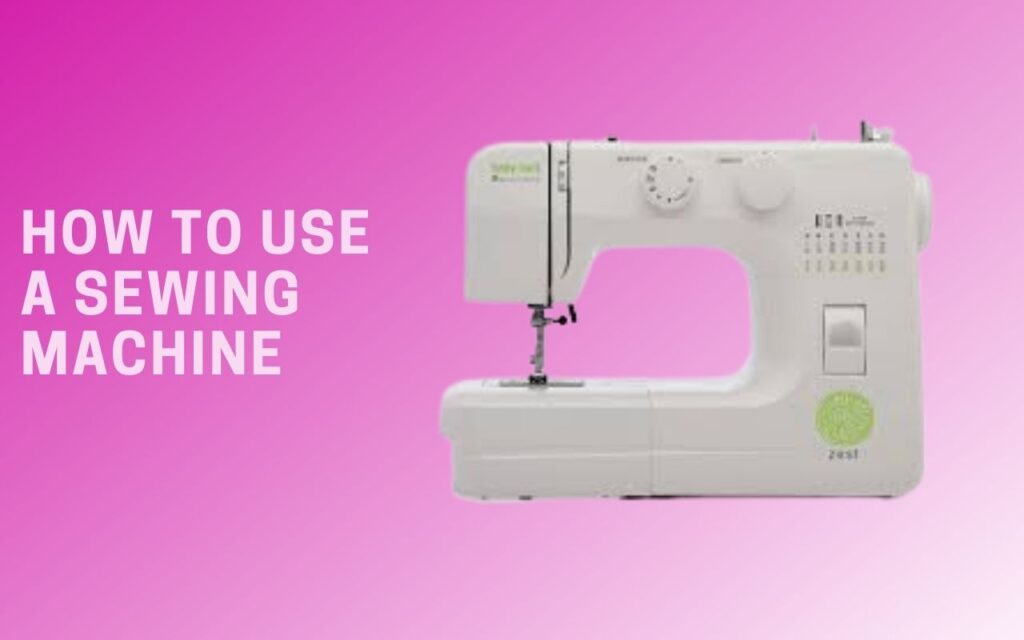Embroidery using sewing thread is not as popular as some other embroidery methods, but it can be an interesting way to add some design flair to your work. Sewing thread is a versatile material that can be used for many different projects, and it is also relatively easy to work with.
In this article, we will discuss how to use sewing thread for embroidery and provide tips for getting the best results.
Contents
The Differences between Sewing Thread and Embroidery Thread
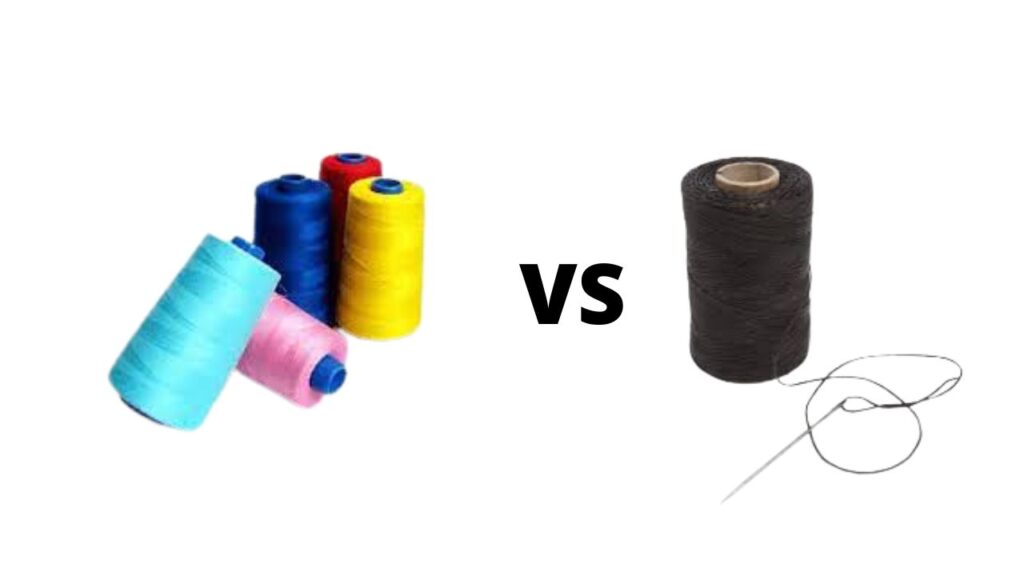
Sewing thread and embroidery thread are both made of spun fibers, but they are different in a few ways. Sewing thread is made of shorter fibers and is stronger than embroidery thread. It is also less flexible, which makes it better for sewing seams. Embroidery thread is made of longer fibers and is more flexible than sewing thread. This makes it better for embroidering details and curves.
You can use sewing thread for embroidery but keep in mind that sewing thread is dull in color and doesn’t have sheen to it as an embroidery thread has.
Thread weight
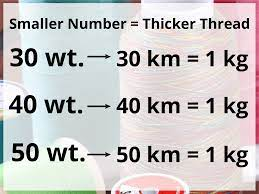
Thread weight is also an important consideration when using sewing thread for embroidering purposes.
Embroidering with 28wt sewing thread
When using sewing thread for embroidery, it is important to select the right thickness. The most common thicknesses are 50 weight and 28 weight. 50 weight thread is thicker and stronger than 28 weight thread, so it is better suited for larger designs or when using a heavier fabric. The 28wt thread is thinner and more delicate, making it ideal for smaller designs and lightweight fabrics.
Embroidering with 12wt sewing thread
If you’re looking to add some extra detail to your embroidery project, you may want to use 12wt sewing thread. This type of thread is thicker than most other types of thread, so it’s perfect for adding a bit of dimension and texture to your work. You can use it for a variety of different effects, from outlining your stitches to adding fillers in between them.
To use 12wt sewing thread for embroidery, start by choosing a needle that’s the same size or slightly larger than the thread itself. Then, knot the end of the thread and begin stitching away! When using this type of thread, be sure to go slowly and take your time; since it’s thicker than most other types of thread, it can be more difficult to work with.
Embroidering with wool sewing thread

Wool sewing thread is a thick thread that is best used for embroidery. It is available in several colors, but I find the natural color to be the most versatile. The thickness of the thread makes it less likely to tangle and helps it to hold up better against wear and tear. Here are a few tips on how to use wool sewing thread for embroidery:
1) When starting a new stitch, leave a long tail of thread and knot it securely at the back of the work. This will help keep your stitches looking neat and tidy.
2) Take care not to pull too tight on your stitches, as this can cause them to pucker or become uneven.
3) When finishing off a stitch, make sure to bury the end of the thread under some of the existing stitches. This will help prevent it from unravelling over time.
Conclusion
In conclusion, sewing thread can be used for embroidery. It is important to choose the right thread for the project, as it will affect the finished product. There are many types of thread available, so it is important to select the right one. A variety of colors and weights are available, so choosing the right one is important. Thread should be selected based on the fabric type, weight, and desired effect.

